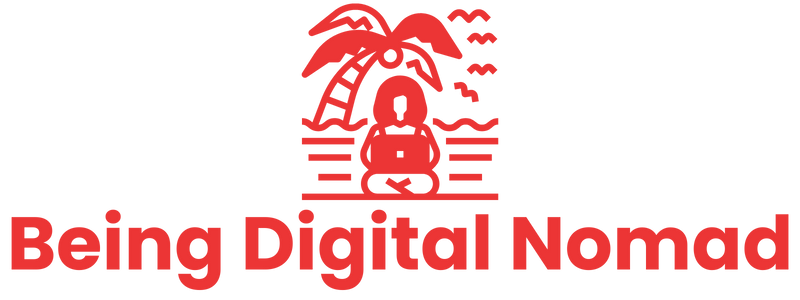Vilnius, Lithuania–Among the three countries in the Baltic region of Europe (which shares its coast with the Baltic sea), Lithuania has recently seen a significant drop in tourism owing to the ongoing Russia-Ukraine conflicts.
Also, currently suffering from a labor shortage crisis, authorities have been trying to promote tourism, particularly to attract digital nomads, to bring money into the local economy amidst rising prices.
Visa
Per a report, digital nomads from across Europe (EU, EEA, and Swiss citizens) are allowed to stay in the country without any restrictions for 90 days, after which they must apply for a residence permit (apply here).
This temporary residence permit can be obtained by providing residence addresses, passports, bank statements, and health insurance, and it is valid for two years, after which it must be renewed.
Citizens of the United States, UK, Australia, Belarus, Canada, South Korea, New Zealand, and Japan have the option of a fast-tracked visa application (apply here).
Citizens of other nationalities must check the requirements on Lithuania’s immigration website.
Accommodation
Lithuania is reportedly one of the cheapest cities to live in Europe. Per a report, a one-bedroom apartment in the center of the capital city, Vilnius, would cost €600-800 a month with cheaper options in the outskirts.
There is also an array of co-living spaces across the country designed for the remote worker (Spaces, Coliving, Cocohub). A room in a shared flat in Vilnius is around €250-350 a month.
Work-spaces
The Northeastern European country, though one of the greenest in the continent, has the infrastructure needed to host remote workers (with an average internet speed of 45.11 Mbps, famous for being the world’s fastest free public wifi).
Vilnius, the hub for nomads in the country, has a selection of co-working spaces. Some noteworthy ones include Talent Garden Lithuania, Workland Didžioji, and Rockit.
The country also features many cafes (and a very old coffee culture), which can often be seen used as temporary workstations by nomads.
Entertainment and travel
Lithuania, among the most visited countries in Europe, has a bustling cafe and nightlife scene. The coastal cities of Klaipeda and Palanga are known to be extremely crowded and infamous for their parties.
The terrain is predominantly flatlands, covered in forests, lakes, swamps, and hills in the western region. Small towns around the country each have a rich cultural heritage, a lot of which has been preserved by the locals.
The region has a Nordic and Christian past which is apparent in local traditions and architecture.
Lithuania is home to some of the largest and best-preserved medieval neighborhoods in Eastern Europe and four UNESCO World Heritage Sites, the most famous of which is the Curonian Spit, a 98 km long dune peninsula in the Klaipeda Region.
Hot-air ballooning is a popular activity very commonly practiced among locals. Many operators offer services across the country.

